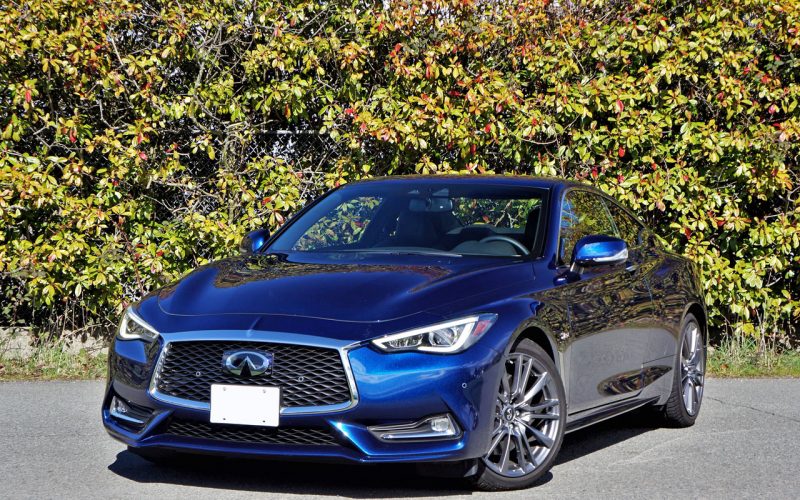
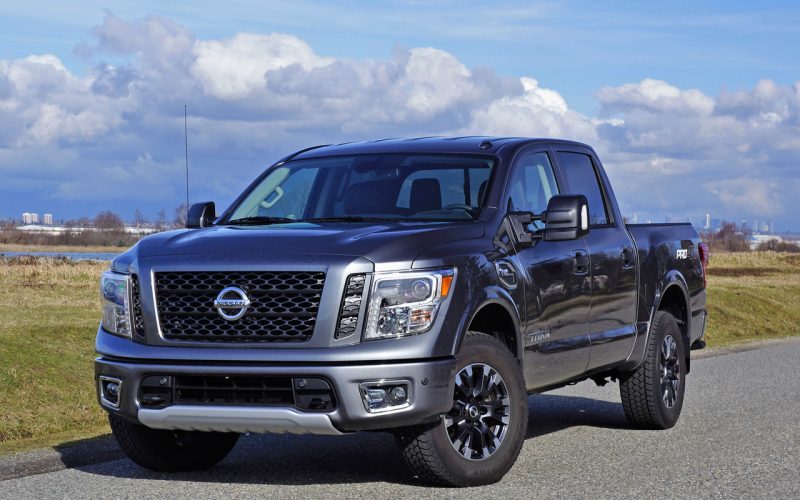
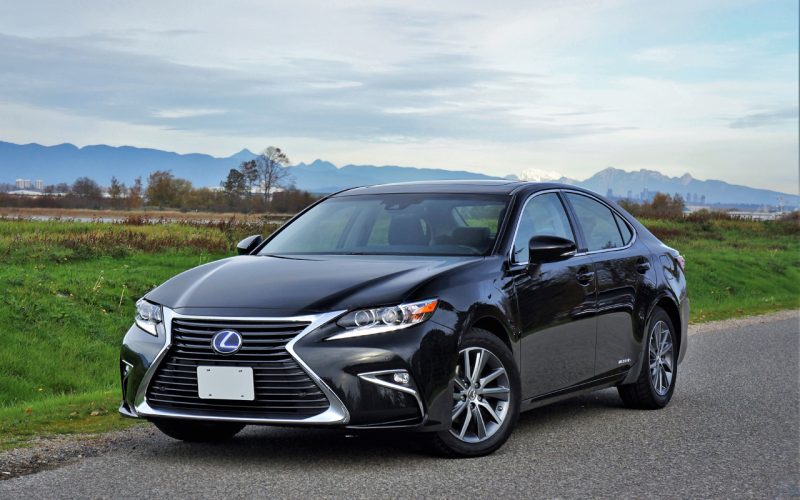
Reading Time: 5 minutesWhat can I say about Lexus ES’ that hasn’t already been said countless times before, other
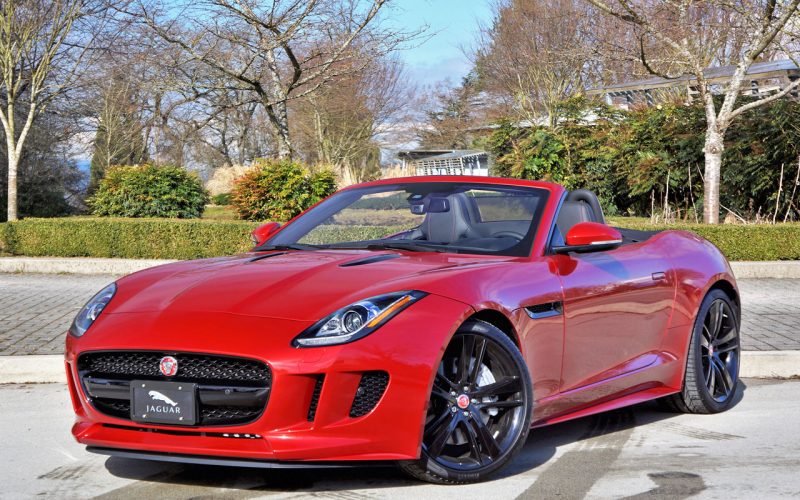
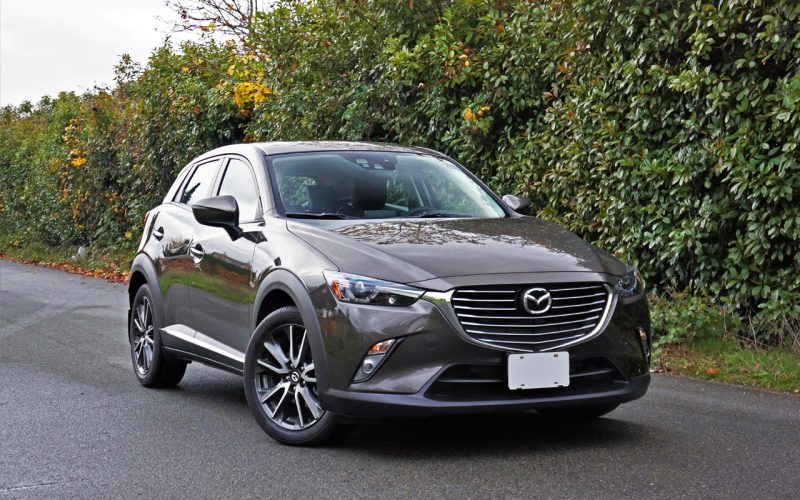
Reading Time: 4 minutesSince arriving on the subcompact crossover scene halfway through 2015, Mazda’s CX-3 has been a class
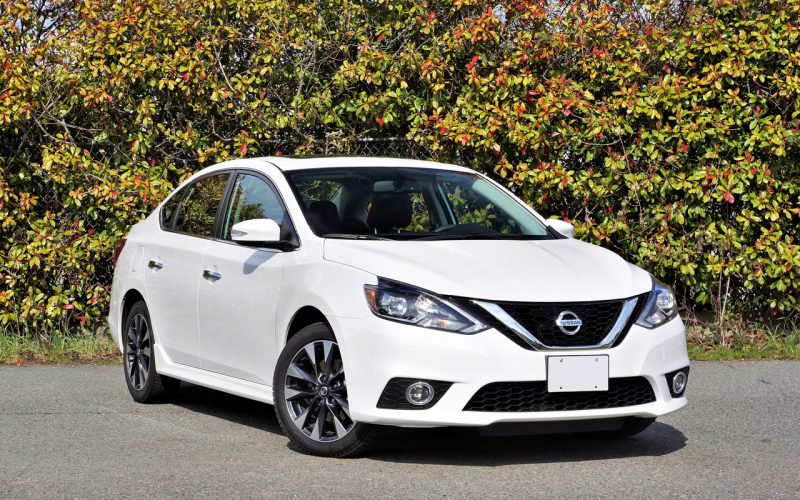
Reading Time: 6 minutesIf you’d asked me last year to name the Canadian small car market’s most and least
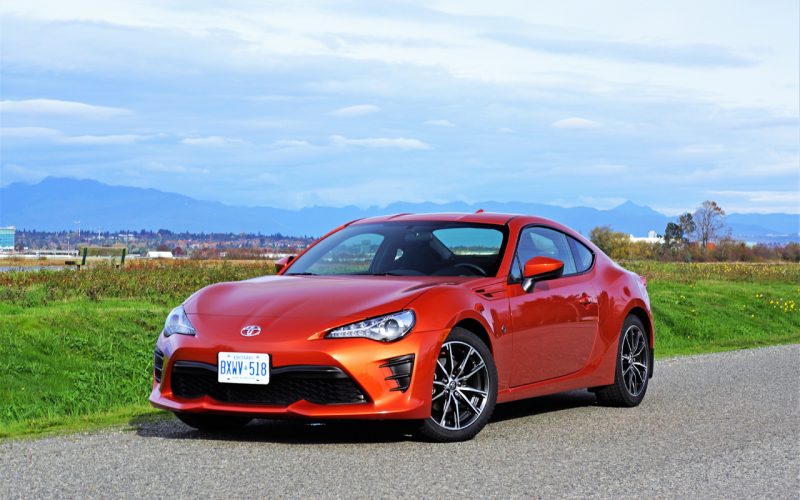
Reading Time: 7 minutesWell Scion was certainly an interesting project. It was more successful for longer in the U.S.,
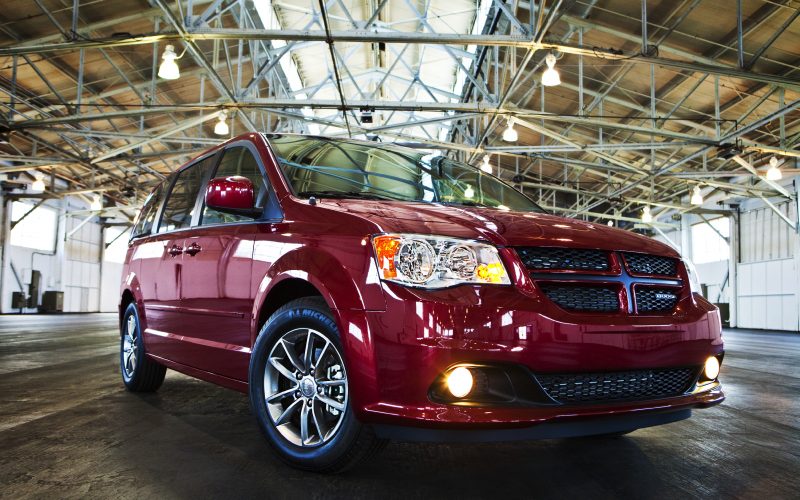
Reading Time: < 1 minuteFiat Chrysler Automobiles (FCA) has announced that it will be recalling 297,000 2011 and 2012
© 2025 The Car Magazine. All Rights Reserved, Privacy Policy | Terms of Use